Introduction to the Altai Republic
The Altai Republic is situated in the Altai Mountains of southern Siberia and borders Kazakhstan, China and Mongolia. Its native inhabitants are presently known as Altaians, consisting of several peoples of Turkic ethnicity speaking Turkic languages. At present, they form 34% of the Republic’s population, which is approximately 221,000. The rest are Russians (56,6%) and minorities of Kazakhs, other Central Asian ethnicities, and Volga Germans.
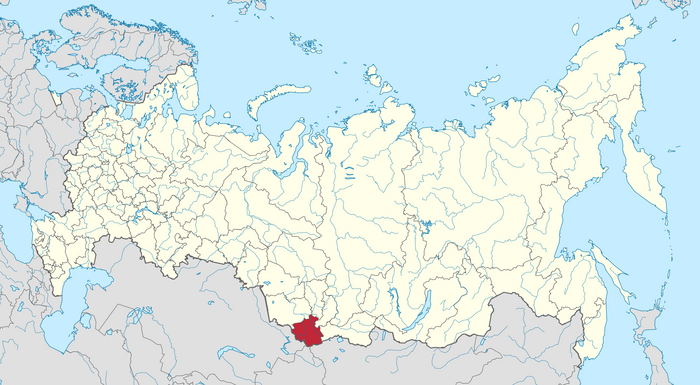
The Revival of Buddhism in Altai
Buddhism proper started reviving in the Altai Republic in the 1980s. The first Buddhist organization in the Altai Republic took the Burkhanist name “Ak-Burkan Küree” and was registered on September 27, 1991, three months before the collapse of the Soviet Union. In choosing this name, its leader, the journalist Altaichy Sanashkin, emphasized the links of Buddhism with Altai Burkhanism. Burkhanism is a syncretic religion that developed in Altai at the beginning of the twentinth century. It combined aspects of Altai shamanism, traditional Turko-Mongolian Tengrism, Buddhism and Orthodox Christianity.
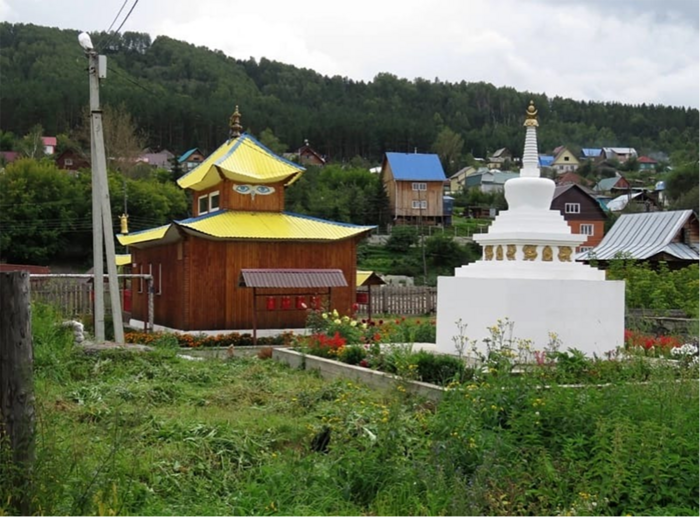
In 1992, V. Kurtov translated into the Altaian language and published Buddhanyn nomy (The Book of Buddha), the first Buddhist text in the Altaian Turkic language. In 1995, the first khuvaraks (Mong. from Uighur: quvaraγ, monastic students) were sent to the Buddhist educational institutions of Ivolginsky and Aginsky Datsans of Buryatia. The first ten Altaians graduated from them in 2001.
In 1996, Ak-Burkan Küree joined the Buddhist Traditional Sangha of Russia, the largest Buddhist umbrella organization of Buryatia. At that time, the first Buddhist stupas were constructed in Altai. The first of these was dedicated to the 240th anniversary of Altai becoming part of the Russian Empire in 1756 and was built at the cremation site of the eighteenth-century Altai spiritual teacher, Bakshy Boor Aba Kegeen. This stupa was destroyed twice by detractors, but in 1997, the local community in Ayalu, Ust-Koksinsk district, under the leadership of V.I. Katynov, built another stupa.
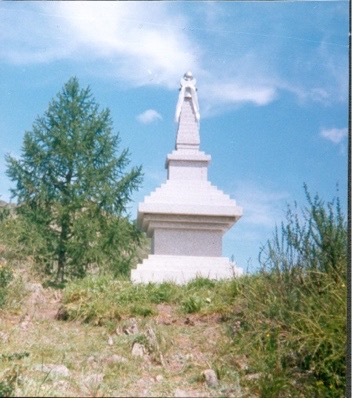
Three Buddhist communities – in Ongudaiskii District, Ust-Kanskii District and Ak-Burkan Küree in Gorno-Altaisk District – created the Central Buddhist Board of the Republic of Altai. By agreement with the Buddhist Traditional Sangha of Russia, the position of Khamby Lama of the Altai Republic was introduced for the Head of the Altai Buddhists. The 29-year-old Erketen Lama Kozhutov (Yeshe Galsan) was elected the first Khamby Lama of Altai. In 2003, the Altai Sangha Congress elected the 37-year-old Mergen Lama Shagaev as the next Khamby Lama of the Republic of Altai.
In 2006, at the invitation of the Ak-Burkan community, Tibetan monks from Drepung Gomang Monastery in India began visiting Altai, giving lectures and constructing mandalas. Buryat and Tuvan monks also visited Altai. In 2007, Aram Kypchakov, an Altaian, was awarded the scholar’s title of Geshe by the Dashi Choinhorlin Buryat University of Ivolginsky Datsan.
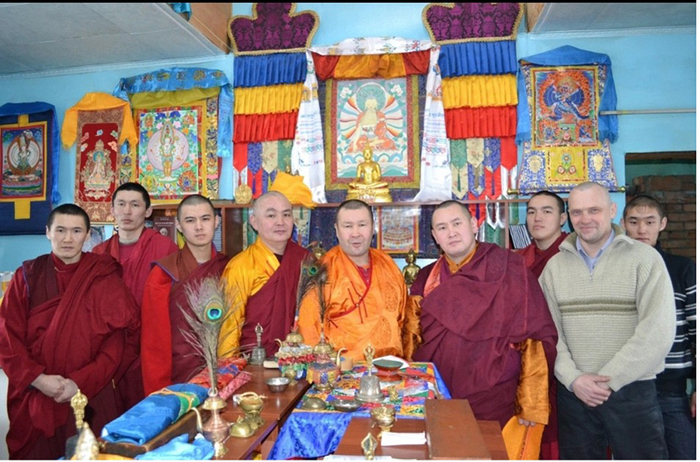
In the summer of 2013, the association of Buddhists in the Ust-Kanskii District registered the religious organization “Ochyr” in the village of Yakonur. In 2019, the association of Buddhists in the Ongudaiskii District registered the religious organization “Ak Sӱmer” under the leadership of the layman S.N. Tugudin in Ongudai village. In the same year, the religious organization “Altyn Sudur,” led by Valentin Bordomolov, was registered in the village of Chemal and “Aram Sanaa,” led by Aram Lama Kypchakov and Andrei Lama Aronov, in the village of Maima.

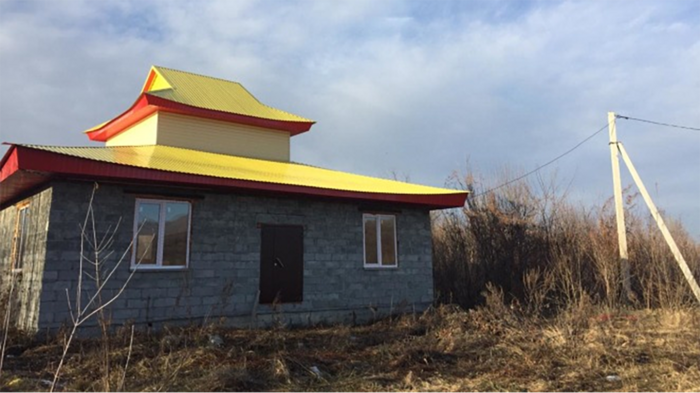
The lay and ordained lamas in these communities teach local people the Buddhist traditions and ethics, perform rituals and give spiritual guidance. Sometimes the more educated monks are invited from Buryatia and India to give lectures on Dharma. Recently, on the initiative of Ven. Yonten Puljung (Emil Kergilov), a special Retreat Monastic Center for longer and deeper meditations was built.
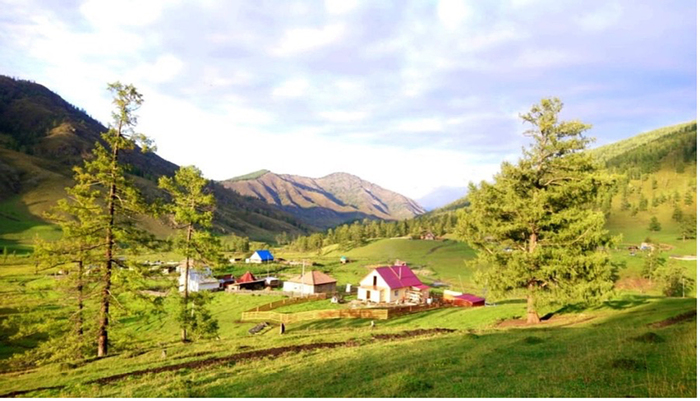
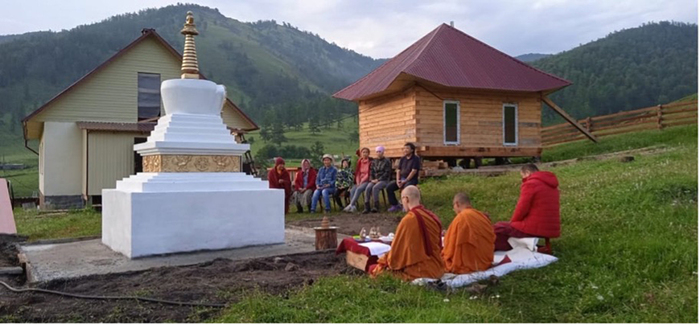
In 2014, E.N. Toboeva, a Buddhist nun from the Ak-Burkan community, published her work Teachings from the Depths of Centuries. The book traces the historical path of the spread of Buddhism in Altai from ancient times to the present and contains some basic Buddhist teachings.
In 2016, the Pandito Khambo Lama of the Buddhist Traditional Sangha of Russia, Damba Ayusheev, visited Altai. In 2019, the Altaian monk Yonten Puljung (Emil Kergilov), who graduated from the Dashi Choinhorlin Buddhist University in Buryatia and then studied for ten years at Gomang Datsan Monastery in India where he took monastic vows, returned to Altai and lectured at the Ak-Burkan Küree. In 2022, he went into a long meditation retreat.
From 2021 to 2022, ten persons from the Republic of Altai took advanced courses “Buddhism in Russia” organized by the Moscow Peoples’ Friendship University of Russia together with the Moscow Institute of the Far East of the Russian Academy of Science with the support of the Russian Federation Presidential Administration and the Russian Ministry of Science and Higher Education.
The Present Situation of Buddhism in Altai in 2023
Thus, at present, there are five registered religious organizations of the Gelug Tibetan Buddhist Schools in the Altai Republic: officially registered with the Ministry of Justice: Ak-Burkan, Amyr Sanaa, Ak Sӱmer, Ochir, and Altyn Sudur. A “registered religious organization” is the official term in Russia for any religious group officially registered by the Ministry of Justice. Six stupas have been built by the Altai Buddhist communities in Gorno-Altaisk city, Shebalinsk, Ongudai, Ust-Kan, Ust-Koksinsk and Kosh-Agach Districts. The kürees (prayer halls) in the villages of Maima, Chemal and Ust-Kan are under construction. Since 2020, a retreat monastery is functioning in the village of Kaspa, Shebalinskiy district, built by Ven. Yonten Puljung (E.V. Kergilov) and his mother E.N. Toboeva, who also took nun vows as getsulma Ven. Sanmo.
Besides the Gelug tradition of Tibetan Buddhism, two Karma Kagyu centers are active in the Altai Republic – one in the city of Barnaul and the other in the village Askat in Chemalsky District.